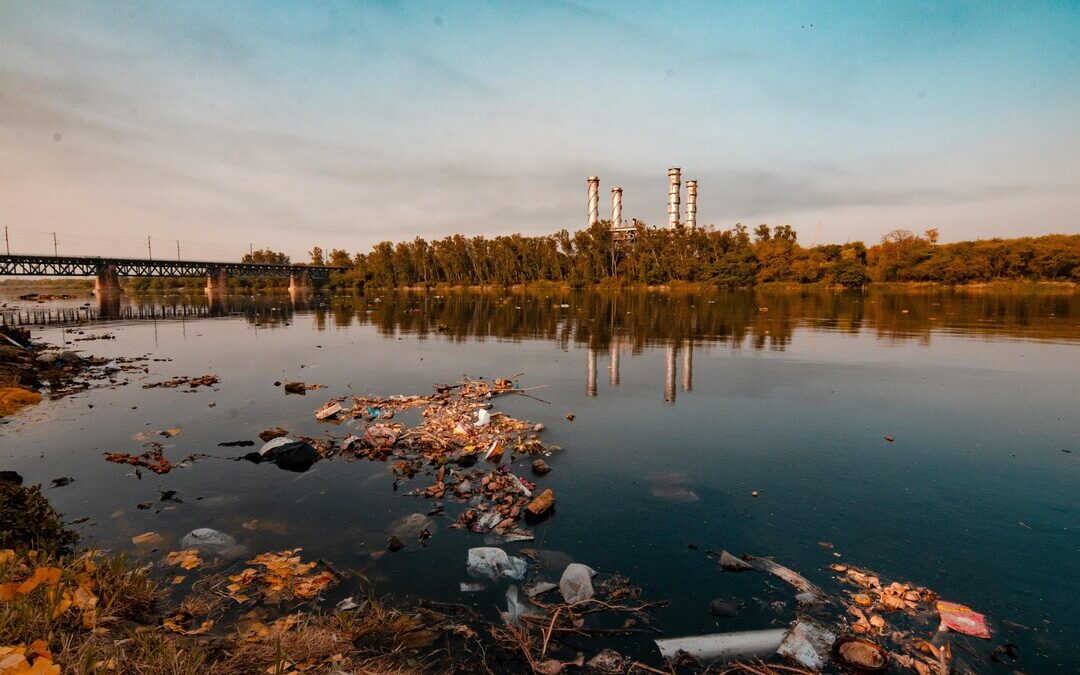Government Notifies Environment Protection Rules as India’s Emissions Decline
India tightens rules on polluted land as greenhouse gas emissions show a decline, Environment Ministry tells Parliament.
India has issued new rules to identify and clean up polluted land across the country, mandating state authorities to track, assess and remediate contaminated sites, the government told Parliament on Monday.
The Environment Protection (Management of Contaminated Sites) Rules, 2025, notified on July 24, define a contaminated site as an area where pollutants exceed prescribed levels after a detailed site assessment.
State pollution control boards or pollution control committees will be responsible for declaring such sites.
Local administrations must list suspected contaminated areas on a central online portal. SPCBs will then have 90 days to carry out preliminary testing, followed by a detailed site assessment within three months if contamination is suspected.
After confirmation, SPCBs must publish the list of contaminated sites for public comment before finalizing it. Those responsible for pollution will be required to prepare and implement remediation plans within six months, with progress monitored by the Central Pollution Control Board.
In cases where polluters cannot be identified, such as abandoned industrial areas or sites under legal dispute, state and central governments will jointly bear the cost of clean-up.
Seven Contaminated Sites Under Remediation
The CPCB has identified 103 contaminated sites nationwide, with remediation underway at seven, the government said.
In Odisha, mercury contamination was detected in Ganjam district, where industrial activity has left toxic traces in soil and water sources.
In Uttar Pradesh, chromium pollution has been reported at Rania in Kanpur Dehat district, linked to waste from tanneries, while groundwater in Ghaziabad’s Lohia Nagar and surrounding industrial areas has been contaminated by untreated effluents from several factories.
In Tamil Nadu, two sites are undergoing remediation: mercury-contaminated soil at Hindustan Unilever’s former thermometer factory in Kodaikanal, and petroleum hydrocarbon contamination at a BPCL facility in Tondiarpet, Chennai.
In Maharashtra, groundwater in and around the premises of Godavari Bio-Refineries in Ahmednagar has been found polluted, while in Gujarat, contamination has been reported at the Effluent Channel Project in Vadodara, a 55-km pipeline carrying industrial effluents from the Nandesari industrial estate.
Greenhouse Gas Emissions Dip in 2020
Separately, India reported a drop in its greenhouse gas emissions to 2.44 billion tonnes of carbon dioxide equivalent in 2020 from 2.65 billion tonnes in 2019, according to data submitted to the United Nations.
The country implements climate action under its National Action Plan on Climate Change, which includes missions covering solar energy, energy efficiency, agriculture and sustainable habitats. Thirty-four states and union territories have also prepared state-level action plans.
India, home to more than 17 percent of the global population, has contributed less than 4 percent of cumulative global emissions since 1850, the government said. Its per capita emissions remain about one-third of the global average.
No Legal Cap on Company Emissions
The government said there is no legal mandate requiring firms to cut emissions, though several companies have made voluntary net-zero pledges.
It also highlighted the role of eco clubs in schools and colleges, which carry out awareness campaigns such as “Harit Diwali – Swasth Diwali” and World Environment Day.
Union Minister of State for Environment, Forest and Climate Change Kirti Vardhan Singh provided the details in written replies to questions in the Lok Sabha on Monday.
Nirmal Menon
Related posts
Subscribe
Error: Contact form not found.


